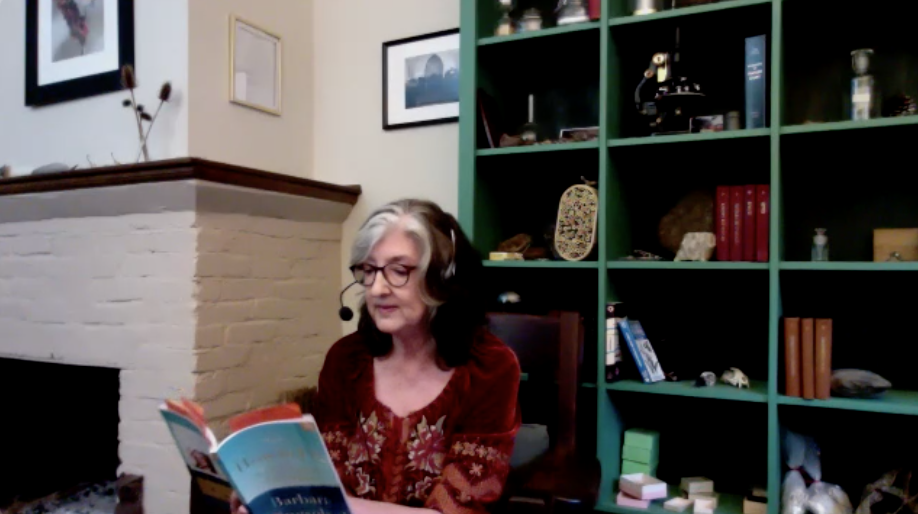

How to Fly (In Ten Thousand Easy Lessons)
I got my copy of How to Fly (In Ten Thousand Easy Lessons) by Barbara Kingsolver in the mail recently and I can't stop picking it up, flipping to a random page, and leaping off the cliff into it’s deep waters. I turn to it when the stress of Covid-19 overwhelms and my head hurts from problem-solving. The book is both an escape and a lesson at the same time.

Special Poetry Reading by Barbara Kingsolver for BRDC
Acclaimed writer and trained biologist Barbara Kingsolver settled into the Blue Ridge Discovery Center cottage to read from her forthcoming poetry book, How to Fly (In Ten Thousand Easy Lessons), for a remote, online audience of Naturalist Rally participants. This intimate setting and Kingsolver's gentle nature provides an inspiring window for anyone that takes a moment to listen.